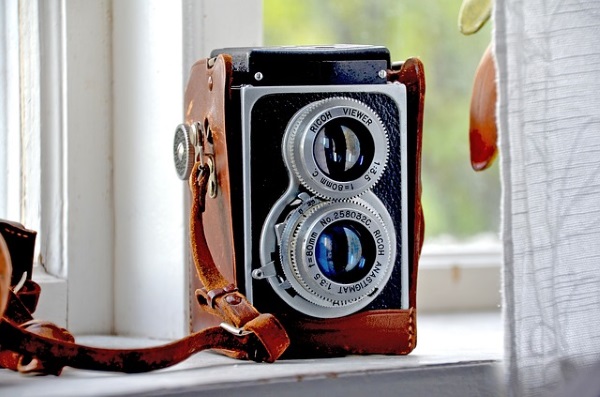What is Image Stabilization and When Should You Use It?

Image stabilization is a photographic term describing the method used to reduce blurry images though camera shake or movement. The camera software or hardware automatically compensates as much as possible to smooth out images as much as possible.
Image stabilization is also referred to as Optical Image Stabilization (OIS), vibration reduction, Optical SteadyShot and a range of other terms. Each camera and smartphone manufacturer has their own name for it. The principle of each is much the same however.
The technology is split into three main types, ISO based which uses camera firmware to make a correction, sensor based which uses an hardware and an algorithm and lens based which uses hardware compensation.

How does image stabilization take better pictures?
If you have to hold your camera in your hand, it will shake or tremor. Even the tiniest movement can blur an image, especially at slower shutter speeds. If you use faster shutter speeds, a tripod, bipod or other steadying mechanism you don’t suffer so much from tremor. If you hold the camera, you do.
Image stabilization takes better pictures by introducing an opposite movement within the lens or by removing it in software or firmware. It depends entirely on whether you’re using a camera with professional lens, a fixed lens camera or smartphone.
For example, Canon lenses use special mechanics within the lens to cancel out movement. This is image stabilization or OIS. Smartphones and some cameras use software which is also known as Electronic Image Stabilization, (EIS).
Lens based stabilization
Lens based stabilization uses a floating mechanic within the lens that is electronically controlled by the camera. It works to counteract any lens movement by introducing an equal movement in the opposite direction. It can help capture smoother, sharper images of still objects at slower lens speeds.
The downside is that it can be expensive and it isn’t available on every type of lens. The range of correction is also limited. If the camera is being moved significantly, the lens will not be able to keep up and will still generate blurry images. It also cannot do anything to improve images taken of moving objects.
ISO based stabilization
ISO based stabilization can also be referred to a digital image stabilization and uses the same principle as lens stabilization but increases sensitivity instead. The sensor is the hardware that takes the image, so by increasing sensitivity to counteract the movement of the camera, it can generate a much sharper image.
The camera calculates the focal length and shutter speed and decides whether a sharp image will result. If it won’t, no image stabilization will be used. If it thinks the image may be blurry, it increases sensitivity by a measured amount to generate the image. For example, if you have your camera set to ISO 200 but the camera thinks it will generate a blurry image, it will increase to ISO 800 in order to capture a sharper one.
The downside of ISO based image stabilization is that it can introduce noise into an image.
Sensor based image stabilization
Sensor based image stabilization works similarly to lens based but instead moves the camera sensor instead of the lens. It also uses focal length and shutter speed calculations like ISO and combines the two to deliver the sharpest image. It is a low cost and very capable image stabilization method that has been in use since Minolta introduced it in 2003.
It has the advantage of being able to capture sharp image and being light and cheap. The only real downside is that you may have to manually input the focal length to get the best out of it.

When to use image stabilization
If you can prepare the shot, support the camera on a bipod, tripod or something steady then you should not need image stabilization. In fact, it will work against you if the camera and subject are completely still. Not using image stabilization at all will always generate the best shots.
However, back in the real world that isn’t always possible. It’s fine in a studio or when taking landscape shots but if you’re capturing moments in time you have to react in seconds. If you’re using a smartphone to capture images, you don’t always have the option to fit a tripod so if there is nothing steady to rest upon, image stabilization is going to improve your shots.
It is tempting to turn image stabilization and leave it alone but if you want to take the best images you can, it pays to only utilize the technology when you really need it.
















